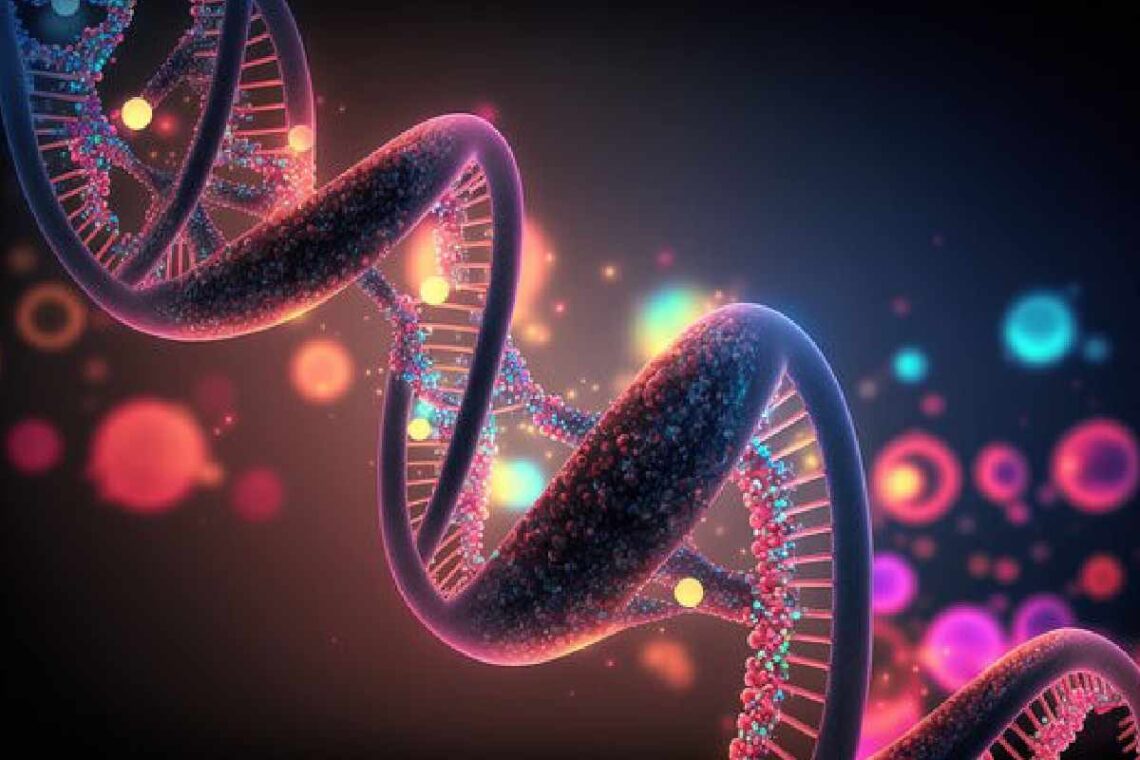In recent years, DNA technology has emerged as a cornerstone in forensic science, profoundly impacting criminal investigations and the pursuit of justice. By analyzing genetic material, forensic experts can identify individuals with a high degree of accuracy, leading to successful prosecutions and exonerations alike. This technological advancement has been particularly significant in cold cases—investigations that have remained unresolved for years or even decades.
Beyond criminal investigations, forensic science has also influenced other fields, including the gaming industry, where security and fraud detection are crucial. The principles of DNA analysis, such as pattern recognition and database matching, have inspired new ways to enhance fairness in online casino platforms. To understand how forensic advancements are shaping the future of gaming security, read more about the latest developments in casino technology.
The Evolution of DNA Testing in Criminal Investigations
The history of DNA testing in criminal investigations dates back to the 1980s when Dr. Alec Jeffreys first developed DNA profiling techniques. This groundbreaking discovery laid the foundation for forensic science as it exists today. Initially used in a limited capacity, DNA analysis gained traction as its accuracy and reliability became evident. In the years that followed, the development of polymerase chain reaction (PCR) technology enabled forensic scientists to amplify tiny DNA samples, making it possible to analyze genetic material from crime scenes that were previously deemed unusable.
As the technology progressed, law enforcement agencies began incorporating DNA evidence into their investigations. The first successful application of DNA testing in a criminal case occurred in 1986 when it helped to convict a man for the rape and murder of two teenage girls in England. This pivotal moment demonstrated the potential of DNA technology to not only solve crimes but also to exonerate the innocent, reshaping public perception of justice.
By the late 1990s, the establishment of DNA databases, such as the FBI’s Combined DNA Index System (CODIS), further propelled the use of DNA evidence in criminal investigations. These databases allow law enforcement agencies to compare DNA profiles from crime scenes against known offenders and unsolved cases, significantly increasing the chances of identifying suspects. As more cases were solved, the importance of DNA technology became undeniable, leading to its widespread adoption and integration into investigative protocols.
How DNA Technology Revolutionized Cold Case Investigations
Cold cases, often characterized by a lack of leads or evidence, have historically posed significant challenges for law enforcement. However, the advent of DNA technology has transformed the landscape of cold case investigations. By revisiting old evidence and employing modern DNA testing methods, law enforcement agencies can breathe new life into cases that have long been dormant.
One of the most significant aspects of DNA technology is its ability to analyze degraded biological samples. In the past, evidence from cold cases may have been too compromised for traditional testing methods. However, advancements in DNA extraction and amplification techniques enable forensic scientists to retrieve usable DNA from old evidence, such as hair, blood, or skin cells. This has led to the successful resolution of numerous cold cases that were once considered unsolvable.
Additionally, DNA technology has facilitated the development of familial searching techniques. This process allows investigators to identify potential relatives of suspects through DNA databases, even if the suspect’s profile is not directly in the system. By tracing familial connections, law enforcement can uncover new leads and suspects, ultimately leading to the resolution of cold cases that had stumped detectives for years.
Famous Cold Cases Solved with DNA Evidence
Several high-profile cold cases have been successfully solved through the application of DNA technology, showcasing its transformative potential. One notable case is that of the Golden State Killer, who terrorized California in the 1970s and 1980s. After years of investigation, authorities utilized genealogy websites to identify the suspect, Joseph DeAngelo, by matching DNA from crime scenes to distant relatives. His arrest in 2018 marked a significant milestone in the use of DNA technology to solve cold cases.
Another infamous case is that of the murder of 15-year-old Hae Min Lee in 1999. The case gained renewed attention through the podcast “Serial,” which raised questions about the conviction of her ex-boyfriend, Adnan Syed. In 2022, new DNA testing on evidence collected from the crime scene, including Lee’s clothing, was conducted, revealing the potential for another suspect. This case highlights the ongoing impact of DNA technology in revisiting and reevaluating long-standing convictions.
The 1989 murder of 8-year-old April Marie Tinsley also saw a breakthrough through DNA technology. After years of investigation with no leads, a DNA profile from the crime scene was uploaded to a national database in 2009. In 2018, a match was found, leading to the arrest of John D. Miller, who ultimately confessed to the crime. This case exemplifies how DNA evidence can provide closure to grieving families and justice for victims even after decades.
Conclusion
DNA technology has fundamentally transformed cold case investigations, providing law enforcement with powerful tools to solve crimes that have remained unsolved for years. The evolution of DNA testing, combined with advancements in technology and forensic science, has led to a resurgence in solving cold cases and bringing closure to families.
As society continues to grapple with ethical considerations and challenges surrounding DNA evidence, it is essential for law enforcement to navigate these issues responsibly. By prioritizing transparency, fairness, and respect for individuals’ rights, the criminal justice system can maintain public trust while effectively utilizing DNA technology.
Looking ahead, the future of DNA technology in forensic science is bright. With ongoing research, innovation, and the integration of artificial intelligence, the potential for solving cold cases will only continue to grow. The stories of families who have found closure through DNA evidence serve as a testament to the transformative power of this technology, highlighting its critical role in the pursuit of justice.

